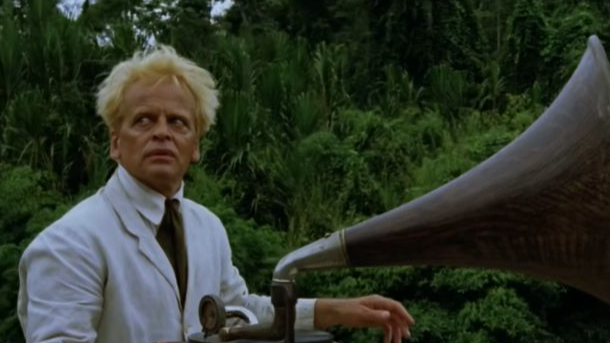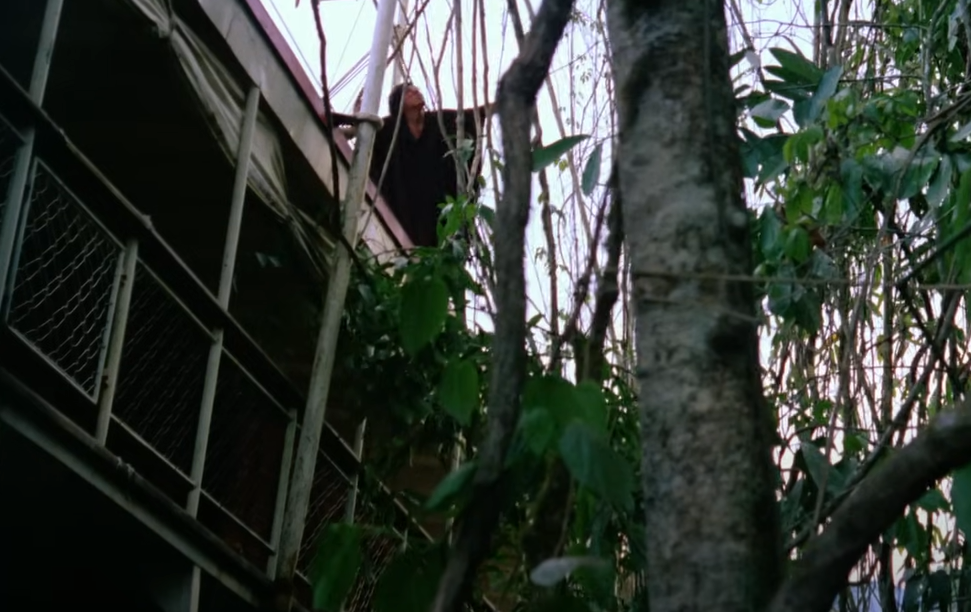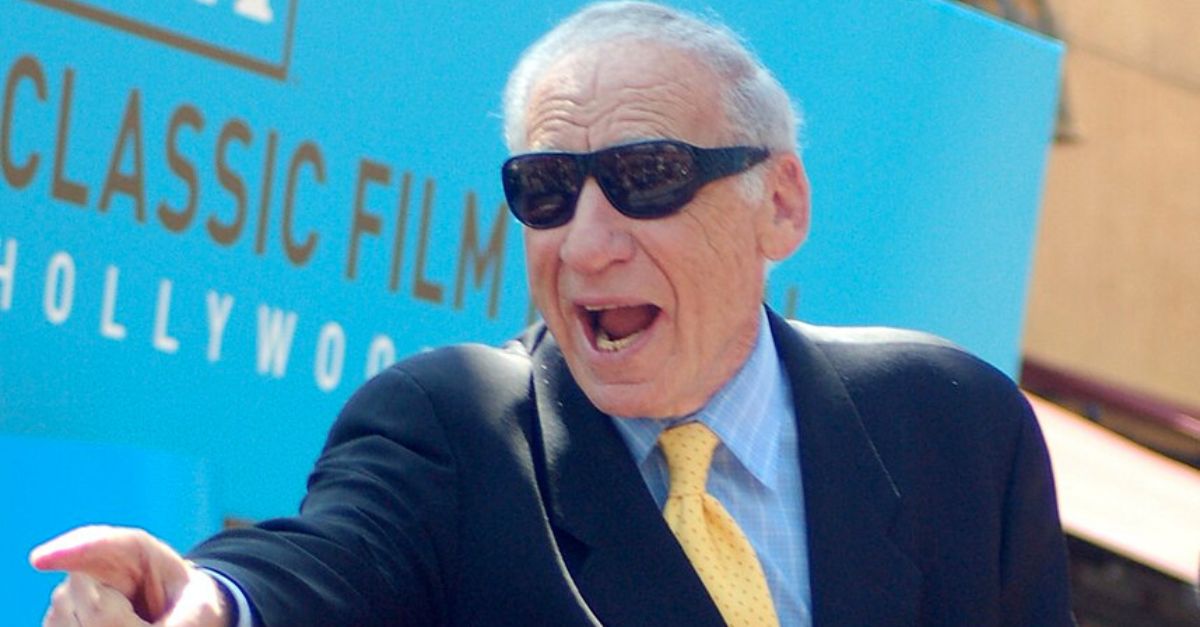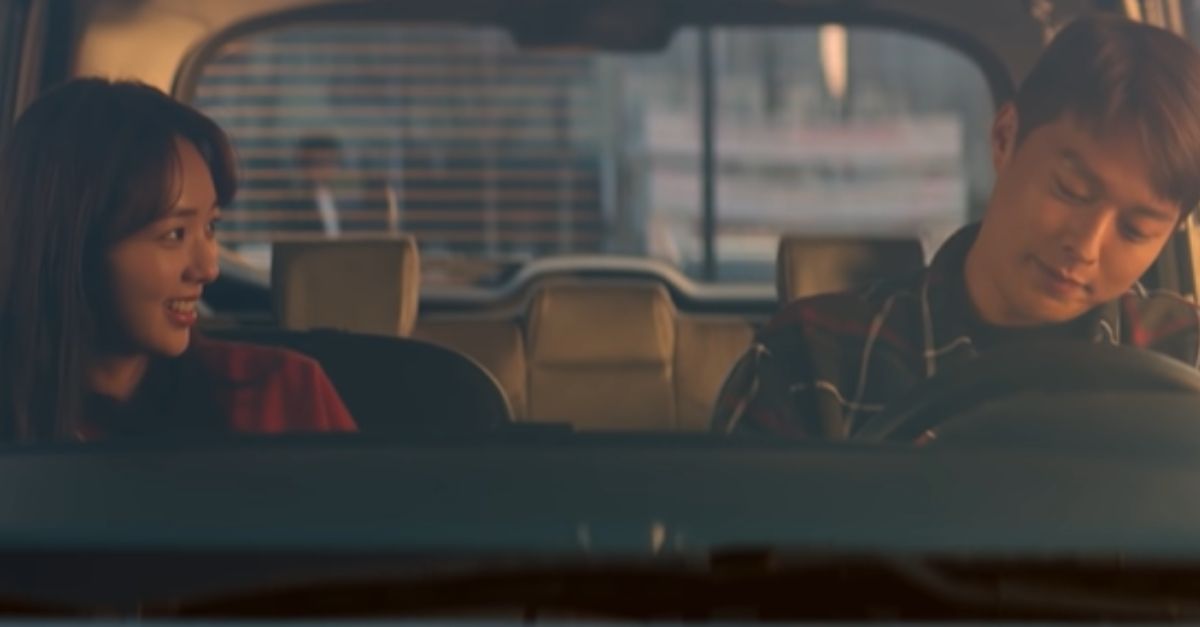When OSHA Would Walk Off The Set
Some movie sets run on caffeine, talent, and a prayer. Others run on caffeine, talent, prayers, and the faint hope that no one gets set on fire, eaten by a lion, struck by lightning, or sucked into a helicopter rotor. Before modern health and safety standards insisted that film crews return home with the same number of limbs they arrived with, Hollywood operated more like the Wild West—minus the union-mandated lunch breaks.

Apocalypse Now (1979)
The production spiraled into legendary madness with typhoons flattening sets, civil unrest in the Philippines, stolen payroll, substance-fueled meltdowns, and a near-fatal heart attack for its leading man.
 Screenshot from Apocalypse Now, United Artists
Screenshot from Apocalypse Now, United Artists
Apocalypse Now (1979): The Danger Zone
The combination of extreme weather, real political conflict, physical collapse, and a total absence of modern oversight would have every present-day safety officer walking straight into the jungle and never returning.
 Screenshot from Apocalypse Now, United Artists
Screenshot from Apocalypse Now, United Artists
The Conqueror (1956)
John Wayne playing Genghis Khan was already questionable, but doing production downwind of nuclear test sites turned the production into something far more sinister—radiation exposure hung over the cast like a grim fog.
 Screenshot from The Conqueror, RKO Radio Pictures
Screenshot from The Conqueror, RKO Radio Pictures
The Conqueror (1956): The Danger Zone
No one today would be allowed to film within sneezing distance of radioactive fallout. Modern studios, insurance companies, and common sense would all collectively scream “absolutely not”.
 Screenshot from The Conqueror, RKO Radio Pictures
Screenshot from The Conqueror, RKO Radio Pictures
The Omen (1976)
The set experienced lightning strikes, bombings, deadly animal mishaps, a catastrophic plane crash, and an eerie real-life accident involving the special effects team.
 Screenshot from The Omen, 20th Century Fox
Screenshot from The Omen, 20th Century Fox
The Omen (1976): The Danger Zone
Between multiple dangerous incidents and an uncanny streak of bad luck, modern productions would shut this down faster than you can say “666”.
 Screenshot from The Omen, 20th Century Fox
Screenshot from The Omen, 20th Century Fox
Roar (1981)
This family adventure featured over 100 real lions and tigers who were apparently unaware they were supposed to “act”. Cast and crew were bitten, clawed, mauled, tossed, and in several cases nearly scalped.
 Screenshot from Roar, Drafthouse Films
Screenshot from Roar, Drafthouse Films
Roar (1981): The Danger Zone
Allowing dozens of apex predators to roam freely between takes is the sort of idea that today would get a producer removed from the building by security before the first table read.
 Screenshot from Roar, Drafthouse Films
Screenshot from Roar, Drafthouse Films
Fitzcarraldo (1982)
Werner Herzog insisted on physically dragging a 320-ton steamship over a mountain in the Peruvian jungle—not metaphorically, not with miniatures, but with real ropes, real mud, and real injuries.
 Screenshot from Fitzcarraldo, Filmverlag der Autoren
Screenshot from Fitzcarraldo, Filmverlag der Autoren
Fitzcarraldo (1982): The Danger Zone
Environmental permits, engineering approvals, and standard workplace protections would stop this stunt long before anyone said “Action”.
 Screenshot from Fitzcarraldo, Filmverlag der Autoren
Screenshot from Fitzcarraldo, Filmverlag der Autoren
Ben-Hur (1959)
The monumental chariot race was spectacular, but behind the scenes, stunt performers were thrown, trampled, dragged, and nearly crushed under teams of galloping horses.
 Screenshot from Ben-Hur, Metro-Goldwyn-Mayer (MGM)
Screenshot from Ben-Hur, Metro-Goldwyn-Mayer (MGM)
Ben-Hur (1959): The Danger Zone
Today’s productions would mix CGI with meticulously rigged stunts—but back then, when someone said “hold on tight”, they really meant “this may be the last thing you ever do”.
 Screenshot from Ben-Hur, Metro-Goldwyn-Mayer (MGM)
Screenshot from Ben-Hur, Metro-Goldwyn-Mayer (MGM)
Hell’s Angels (1930)
Howard Hughes shot exhilarating aerial dogfights using real pilots in real planes—at a time when aviation safety was basically a pamphlet and a handshake. Several pilots and a mechanic passed, and Hughes nearly joined them.
 Screenshot from Hell’s Angels, United Artists
Screenshot from Hell’s Angels, United Artists
Hell’s Angels (1930): The Danger Zone
A modern aviation coordinator would faint at the mere thought of these maneuvers. Without certified stunt fliers, regulated airspace, and emergency teams, this shoot would never clear the runway.
 Screenshot from Hell’s Angels, United Artists
Screenshot from Hell’s Angels, United Artists
Twilight Zone: The Movie (1983)
A helicopter crash caused by mis-timed pyrotechnics took out actor Vic Morrow and two child actors, leading to one of Hollywood’s most significant safety overhauls.
 Screenshot from Twilight Zone: The Movie, Warner Bros.
Screenshot from Twilight Zone: The Movie, Warner Bros.
Twilight Zone: The Movie (1983): The Danger Zone
Today’s rules on child labor, explosives, and aerial stunts were redesigned from the ground up because of this tragedy—meaning this sequence would be rejected instantly.
 Screenshot from Twilight Zone: The Movie, Warner Bros.
Screenshot from Twilight Zone: The Movie, Warner Bros.
The Passion Of The Christ (2004)
Jim Caviezel endured accidental whipping, a dislocated shoulder, hypothermia, and even a lightning strike while portraying Jesus. His performance was intense—and so was the list of injuries.
 Screenshot from The Passion of the Christ, Newmarket Films
Screenshot from The Passion of the Christ, Newmarket Films
The Passion Of The Christ (2004): The Danger Zone
Contemporary safety coordinators would shut down any setup that risks real bodily harm to a lead actor. No awards ceremony is worth a trip to the ER.
 Screenshot from The Passion of the Christ, Newmarket Films
Screenshot from The Passion of the Christ, Newmarket Films
The Wizard Of Oz (1939)
Behind the technicolor magic lay poisoned makeup, stunt accidents, pyrotechnic mishaps, harness failures, and even poor Toto getting nearly stomped.
 Screenshot from The Wizard of Oz, Metro-Goldwyn-Mayer
Screenshot from The Wizard of Oz, Metro-Goldwyn-Mayer
The Wizard Of Oz (1939): The Danger Zone
Modern productions would require safe materials, redundant harness systems, fireproofing, and comprehensive animal welfare protocols. In other words, everything Oz did not have.
 Screenshot from The Wizard of Oz, Metro-Goldwyn-Mayer
Screenshot from The Wizard of Oz, Metro-Goldwyn-Mayer
Closing Credits
If today’s film sets are carefully padded playgrounds, these historic shoots were obstacle courses lined with bear traps. The stories are unbelievable, the risks were outrageous, and the results—while sometimes cinematic masterpieces—came at a cost no modern production would ever accept.
You May Also Like:
Can You Name Every Best Picture Winner From 2004 To 2025?
These Single Take Scenes Completely Defined Hit Movies
Films That Were Secretly Allegories For Real Events
Source: 1






